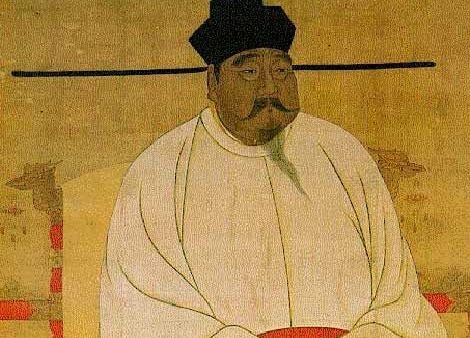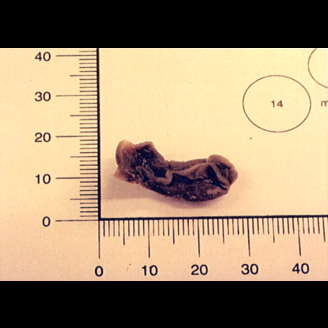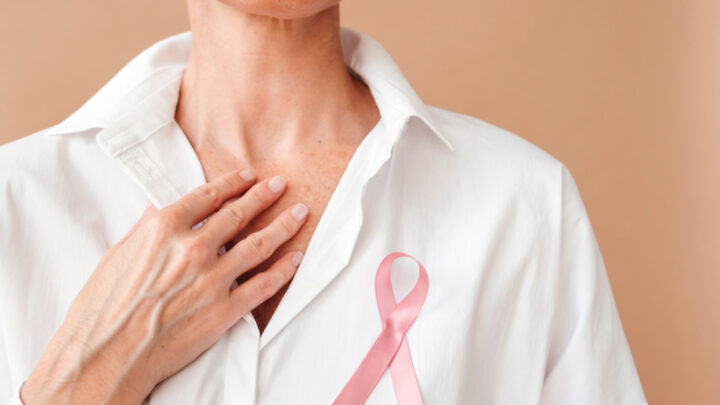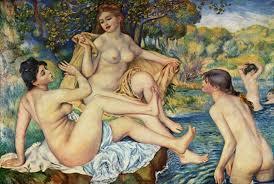
The first post in this 3 part series on the history of obesity discussed the view of obesity from the Stone Age to the Renaissance, when fatness or obesity was viewed as beautiful, healthy, and a sign of prosperity. This post discusses a global view of obesity from the renaissance to 1910.
Obesity remained a symbol of beauty worldwide. There were famines during these centuries. The Irish famine is one of the most famous. (A) People died without sufficient food during this and other famines. Prosperity meant having enough money to buy or own food, and to eat well. The wealthy ate in excess, assuring themselves status and “good health.” Throughout the world, those who were leaders or rulers tended to have more fat on their bodies and withstood the famines more easily.
As decades passed, industrialization brought changes in farming and more bountiful harvests. However, there was a concurrent population increase, due to factors such as the smallpox vaccine, improved hygiene, and new housing. The result was that starvation still loomed on the horizon for those that were not prosperous and plump.
Worldwide, socially dominant groups (the rulers and the prosperous) with better access to resources, such as food and the new smallpox vaccine were believed to have better nutrition and health. The new upper – middle class of physicians, lawyers, bankers and others who did not work the fields or houses were also of status. They were considered important and attractive if they had excess fat – what we call obesity.
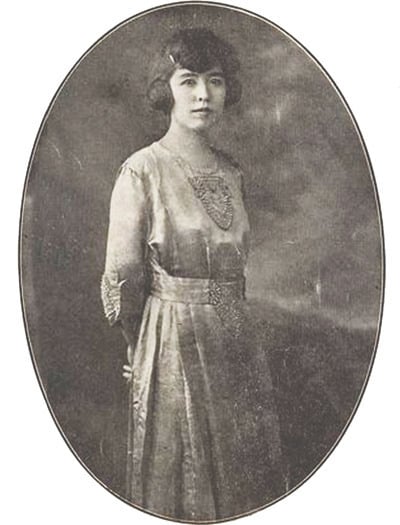
The Chinese continued to view obesity or plumpness as positive. The stigma of thinness was such, that during affluent years, thin people had difficulty finding marriage partners. Special bulking diets were tried to assure that those of marrying age would be attractive. Although fatness was prosperous at the beginning of the Quing Dynasty (thelast dynasty of China), there were some changes. Born in 1883, there was Lv Bicheng, a woman ahead of her times. She was an early advocate of women’s education and equality, the first woman editor in Chinese newspaper history, and an eminent poetess. She caused a sensation at one gathering when she wore a sleeveless dress with a square neckline, not the clothes of fatness (C).
The adding of weight to make a person attractive for marriage was common. Fattening huts were established for elite pubescent Efik girls in traditional Nigeria. The girls spent 2 years in such huts, getting banded and pierced, but most important,fatter. The girls were let out of the huts when their fatness was judged sufficient by the elders (B). Tarahumara of Northern Mexico considered fat legs an essential aspect of ideal feminine body. Among the Havasupai of the American Southwest, if a girl was thin at puberty, a fat woman would place a foot on the girl’s back so she would become attractively plump. Fat legs, especially were considered beautifulby the Havasupai.
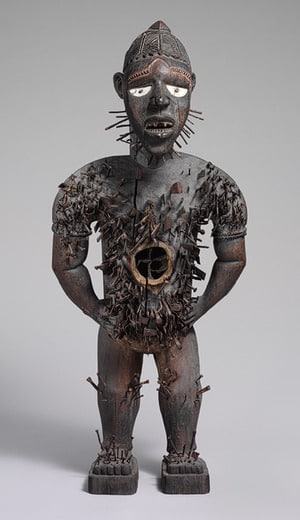
Not only women, but men were considered to look more attractive or prosperous if obese. The Polynesian chief was expected to be seen in large size. Artefacts from Africa showed the power man as large and rotund.
Paintings in Europe continued to show both men and women that were obese. The Bathers is another example of the ideal body. 1887 by Renoir.
The United States was not immune to the belief that obesity was associated with attractiveness and prosperity. The following are quotes from the popular and still read “Little Women.” “Margaret, the eldest of the four, was sixteen and very pretty, being plump and fair, with large eyes, plenty of soft brown hair, a sweet mouth, and white hands, of which she was rather vain. …He [Margaret’s suitor] seemed to think it was worth the trouble, for he smiled to himself as if quite satisfied, pressed the plump hand gratefully (D).”
At the turn of the 20th century, actress Lillian Russell — tipping the scale at 200 pounds — was a reigning sex symbol, with her photos displayed in many newspapers.
In the 1890s, street cars were prevalent and people walked less. There was an increase in the weight already held by many. In response, by 1900, there was a slight movement to diet or lose weight. “An excess of flesh is to be looked upon as one of the most objectionable forms of disease. (E)”
Until the early 1900’s, for a woman to have extra weight on her body was a symbol of beauty and fertility. For men, weight meant power. For both sexes, excess weight signified good health and wealth. Changes in these views had started, but they were small and not worldwide.
Stay tuned for the next post (ERA 3 – The last 100 years) on the History of Obesity, which will soon arrive in the Obesity Hub.
Bibliography
A: http://www.theirishstory.com/2012/01/03/war-and-famine-in-ireland-1580-1700/#.U_56qfldWE4
B: Malcon, L. W.G., 1925. Note on the Seclusion of Girls Among the Efik at Old Calabar. Man 24: 113-114.
D. Alcott, Louisa May, 1868. Little Women.
E. The Philadelphia Cookbook, 1903.
